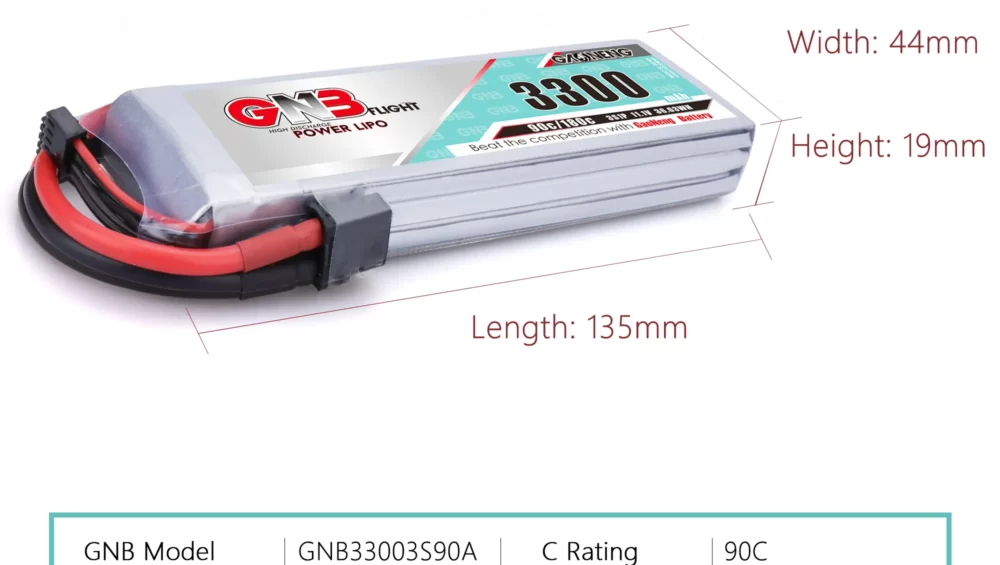Demystifying mAh, C-Rating, and S in Lithium Polymer Batteries
Table of Contents
Introduction
Lithium Polymer (LiPo) batteries have become increasingly popular in various applications, from remote-controlled toys to drones and even portable electronics. To make informed decisions when choosing and using LiPo batteries, it’s crucial to understand key specifications like mAh, C-rating, and S. In this blog, we’ll unravel the mysteries behind these terms and help you make the most of your LiPo batteries.
1. mAh – Milliampere-Hours
mAh stands for milliampere-hours, and it’s a measure of a battery’s capacity or how much energy it can store. Simply put, the higher the mAh rating, the longer the battery can provide power before needing to be recharged. Think of mAh as the “fuel tank” of your battery.
– Example: If you have a 1000mAh LiPo battery, it can theoretically supply 1000 milliamps (or 1 amp) of current for one hour. If your device draws 500 milliamps, it should last approximately 2 hours on this battery.
2. C-Rating – Discharge Rate
The C-rating indicates the maximum safe continuous discharge rate of a LiPo battery. It’s usually represented as a number followed by ‘C.’ For example, a 20C-rated battery can discharge at 20 times its capacity.
– Example: For a 1000mAh battery with a 20C rating, the maximum continuous discharge rate is 20 x 1000mA = 20,000mA or 20A. So, you can safely draw up to 20 amps from this battery without damaging it.
Understanding the C-rating is essential when choosing batteries for high-performance applications like racing drones or RC cars. Selecting a battery with a C-rating too low for your device may lead to overheating and reduced lifespan.
3. S – Cell Count
The ‘S’ value in LiPo battery specifications represents the number of cells connected in series. Each cell has a nominal voltage of around 3.7 volts. When you multiply the cell count by 3.7V, you get the overall voltage of the battery pack.
– Example: A 2S LiPo battery means it has two cells in series, resulting in a nominal voltage of 2 x 3.7V = 7.4V. Similarly, a 3S battery has three cells for a total voltage of 3 x 3.7V = 11.1V.
Understanding the ‘S’ value is crucial to ensure your battery voltage matches your device’s requirements. Using a LiPo pack with the wrong ‘S’ value can damage your equipment or result in suboptimal performance.
Conclusion
In summary, mAh tells you about a LiPo battery’s capacity, C-rating indicates its discharge capabilities, and ‘S’ informs you about its voltage. Armed with this knowledge, you can select the right LiPo battery for your needs and ensure safe and efficient operation in your devices. Whether you’re a hobbyist or a tech enthusiast, understanding these specifications will help you make the most of your lithium polymer batteries.
Click Here to buy batteries.




